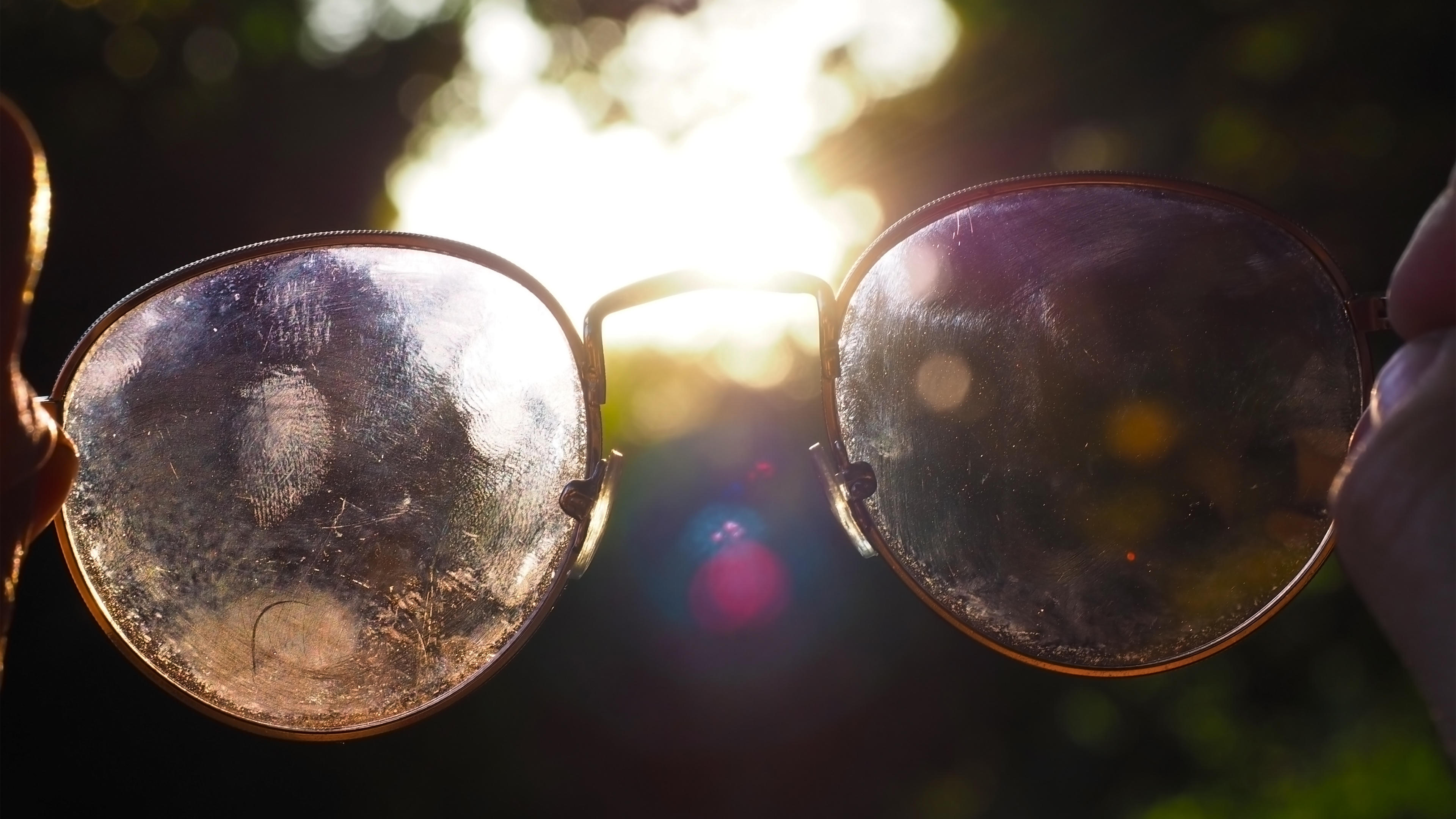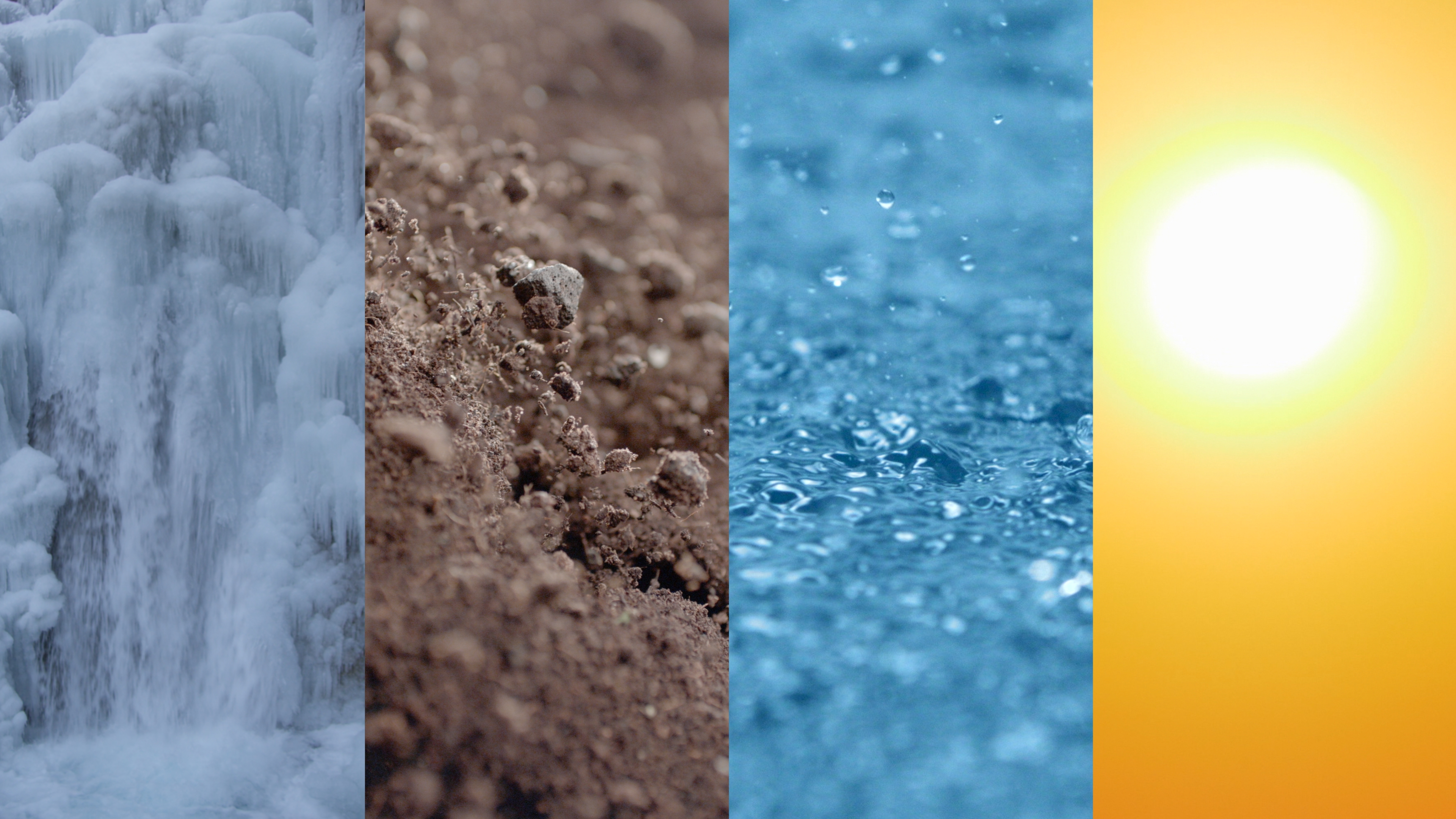As display technologies evolve, the drive to enhance user experience pushes manufacturers to continually improve the visual performance of screens. One of the fundamental parameters in screen performance is light transmission, which determines the brightness, clarity, and vibrancy of a display. Optical bonding, as previously discussed, offers substantial benefits to touch screens, but one area that deserves a deeper dive is its impact on light transmission and its associated performance gains.
Light Transmission: A Brief Overview
In simple terms, light transmission measures the amount of light that passes through a material without being absorbed or reflected. In the context of touch screen displays, higher light transmission ensures that the screen is brighter and images are clearer.
An untreated touch screen assembly comprises multiple layers: the protective cover lens, an air gap, the touch sensor layer, and the actual LCD or OLED display panel. Each interface between these layers can cause reflections, leading to a loss in light transmission.
Optical Bonding’s Impact on Light Transmission
By eliminating the air gap in touch screens and replacing it with an optically clear adhesive, optical bonding significantly reduces the number of reflective interfaces. This has several implications for light transmission:
Reflection Reduction: Each layer-to-layer interface in a display stack-up has the potential to reflect light. The typical air gap in untreated displays reflects about 4-5% of light due to the difference in refractive indices between air and glass. Removing this air gap can therefore improve light transmission by roughly this amount.
Enhanced Brightness: With increased light transmission, a display can appear up to 5% brighter without any increase in power consumption. This is particularly advantageous for mobile devices, where battery life is a premium.
Improved Sunlight Readability: For devices used outdoors, such as smartphones, tablets, and automotive displays, the 4-5% boost in light transmission can result in a significant improvement in visibility under direct sunlight.
Consistent Display Color: Optical bonding can also help maintain consistent color reproduction across the display, as there are fewer layers and interfaces to distort or shift colors.
Quantifying the Performance Gains
To better appreciate the value proposition of optical bonding in terms of light transmission, consider the following:
An untreated touch screen may have a light transmission rate of about 75-85%. This implies that 25-15% of the backlight's brightness is lost due to reflections and absorptions across the layers.
With optical bonding, the display can reach a light transmission rate of 90-95% (considering the 4-5% improvement by eliminating air gap reflections alone).
If we view this in terms of energy efficiency, a device can save on power consumption by reducing the backlight intensity while still maintaining the same brightness level as an untreated screen. Alternatively, it can offer a brighter display without an increase in energy consumption.
Conclusion
Optical bonding, though a seemingly small adjustment in the assembly of touch screen displays, offers a ripple effect of enhancements. Its impact on light transmission alone bolsters the visual performance, energy efficiency, and overall user experience of devices. As consumers and industries become more discerning about screen quality—especially in challenging lighting conditions—the adoption of optical bonding will likely continue its upward trajectory, setting a new standard for touch screen displays.


